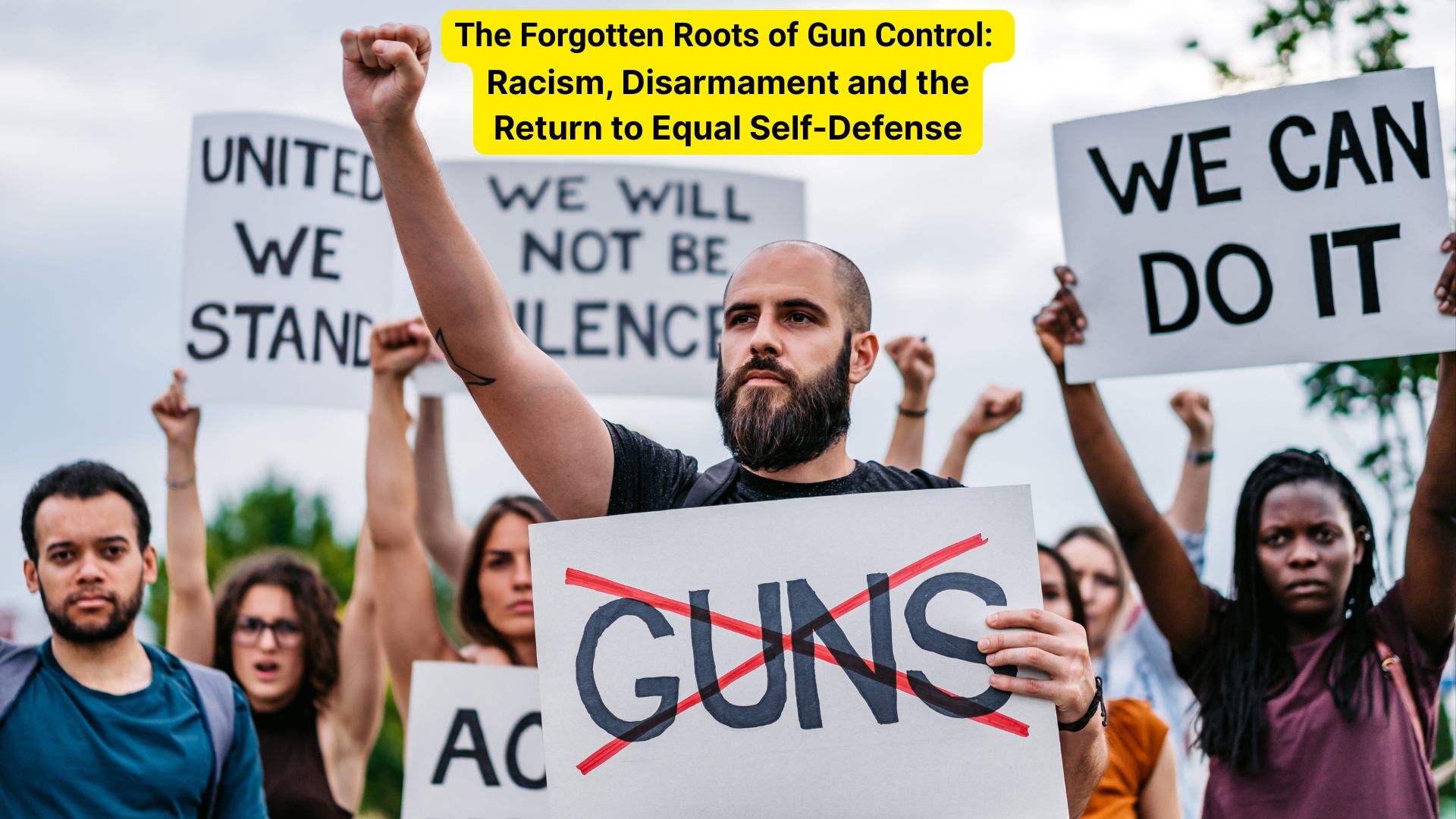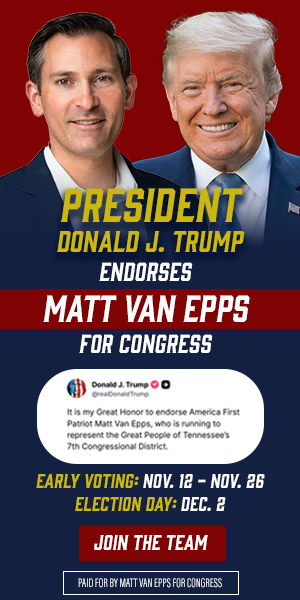Opinion by Ken Berry, MD and C. Richard Archie, West TN TFA Director
In today’s debates about the 2nd Amendment, many well-meaning people, especially those living in urban centers or working in policy, support restrictive gun laws out of a sincere desire to reduce violence. It is a natural inclination: if fewer people have guns, fewer people might be hurt by guns. But what if the legal framework behind those restrictions was not built to promote safety at all? What if it was designed to deny basic rights to Black Americans, especially newly freed men and women after the Civil War? Modern gun control in the United States was forged from the raw timber of racial oppression.
After the Confederacy fell and slavery was legally abolished, the real battle began. Would freedmen be allowed to live as full citizens, or would new laws take the place of old chains? Across the South, states passed Black Codes, laws limiting everything from voting to movement to property rights. One of the first priorities was to disarm freed Black citizens. Tennessee was no exception. In 1866, just a year after the war’s end, the state required Black citizens to obtain permission, rarely granted, from local authorities to own firearms. That same year, during the Memphis Massacre, white mobs aided by police attacked Black neighborhoods, killing 46 men, women, and children and burning nearly 100 homes. Those victims had been disarmed by the law.
Tennessee was the first ex-Confederate state readmitted to the Union in 1866, without military governance. Four years later, it adopted a new state constitution. The earlier 1835 Constitution had explicitly limited the right to bear arms to “free white men.” In 1870, lawmakers removed the word “white,” but they added new language: “the Legislature shall have power, by law, to regulate the wearing of arms with a view to prevent crime.” At first glance, the amendment looked progressive. In practice, it created a legal loophole.
The Constitution now appeared racially neutral, but it empowered state and local officials to continue selectively disarming Black citizens under the pretense of crime prevention. No proof was ever offered that these statutes reduced crime.
Courts sometimes pushed back. In 1871, the Tennessee Supreme Court in Andrews v. State ruled that a citizen’s right to keep and bear “the rifle of all descriptions” was protected, even repeaters. Yet licensing systems and “suitability” tests still allowed sheriffs and city officials to deny firearms based on race, class, or personal judgment. And it was not just Tennessee. Across the South, Black men who tried to arm themselves for self-defense met legal obstacles at best and violence at worst.
At the federal level, hopes for equal protection were crushed in 1876 with United States v. Cruikshank. The case arose from the Colfax Massacre in Louisiana, where more than 100 Black men were murdered by a white mob. The Supreme Court declared that the Second Amendment restricted only the federal government, not states or individuals. That ruling left states free to continue disarming Black citizens without federal interference.
For much of the 20th century, gun control laws remained tools of racial and class enforcement. In 1967, California passed the Mulford Act banning open carry after the Black Panther Party legally patrolled Oakland neighborhoods with rifles in protest of police brutality. The law passed with bipartisan support, including from Governor Ronald Reagan and the NRA. Neutral on its face, its enforcement was not.
Only in the 21st century did the U.S. Supreme Court begin to reverse this damage. District of Columbia v. Heller (2008) affirmed the Second Amendment protects an individual right to keep and bear arms. McDonald v. Chicago (2010) applied that right to state and local governments through the 14th Amendment. Justice Alito noted that protecting freedmen’s rights, including arms, was a prime motivation behind the Amendment. Caetano v. Massachusetts (2016) confirmed that modern arms are covered. In New York State Rifle & Pistol Association v. Bruen (2022), the Court struck down permitting laws requiring citizens to prove “special need,” raising serious questions about what counts as “sensitive places.”
These cases have begun to restore the Second Amendment to its original purpose: a safeguard against tyranny and violence, equally accessible to all law-abiding citizens. Yet many assumptions underlying modern gun control still reflect old biases. Laws that limit carry permits to those deemed “suitable” or “responsible” continue to be enforced unevenly. Wealthy or politically connected applicants get swift approval, while poor or minority applicants are delayed, denied, or discouraged.
To those who support gun control because they want to protect vulnerable communities, I ask: what if the policies you believe are helping were actually built on a foundation of racial exclusion? What if the very tools you are endorsing were first used to keep the poor, the Black, and the politically powerless disarmed?
It is also necessary to recognize that the mantra “I must vote how my constituents want” is a straw man. The Tennessee Constitution requires legislators to “vote without favor, affection, partiality or prejudice” and to refuse any act “that shall have a tendency to lessen or abridge” the people’s rights. The wishes of lobbyists or even temporary majorities must be subordinate to constitutional principle.
Gun ownership should not be about race, wealth, or class. It is about liberty for all, about the right to protect one’s life and family, to withstand invasion, and to resist tyranny as the Founders did. This is not a regional tradition or a cultural preference. It is a fundamental expression of human dignity. The ability to defend oneself should not depend on skin color, privilege or proximity to power. It is a right belonging to every law-abiding citizen of this country.
Ken Berry, is an author and medical doctor in West Tennessee. C. Richard Archie is West TN TFA Director.


















